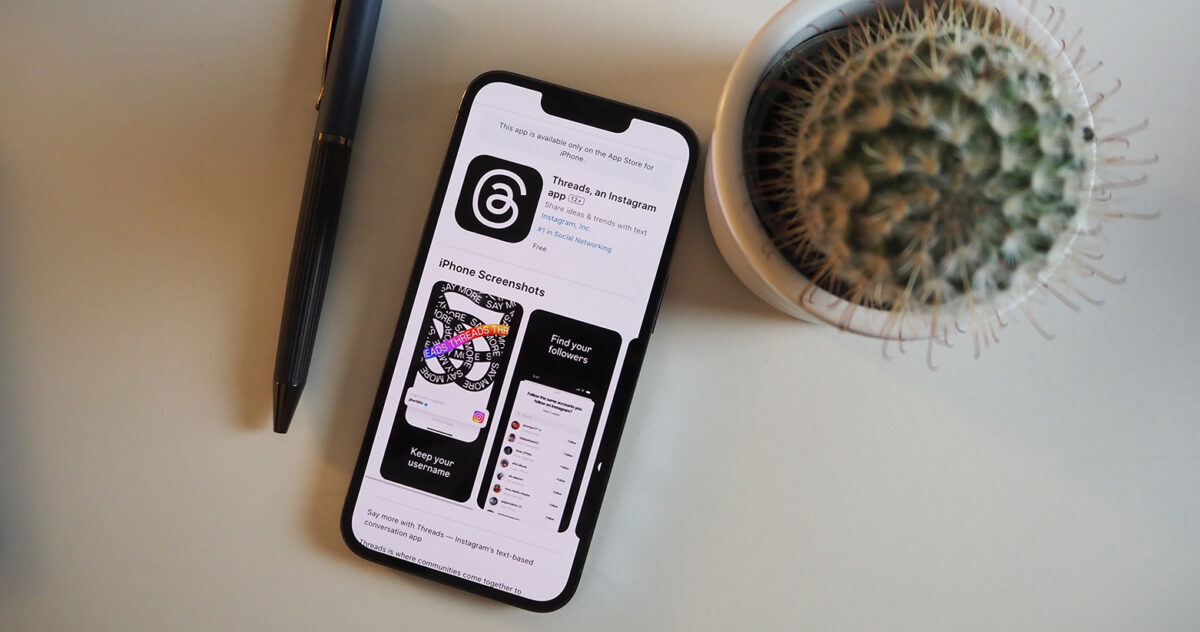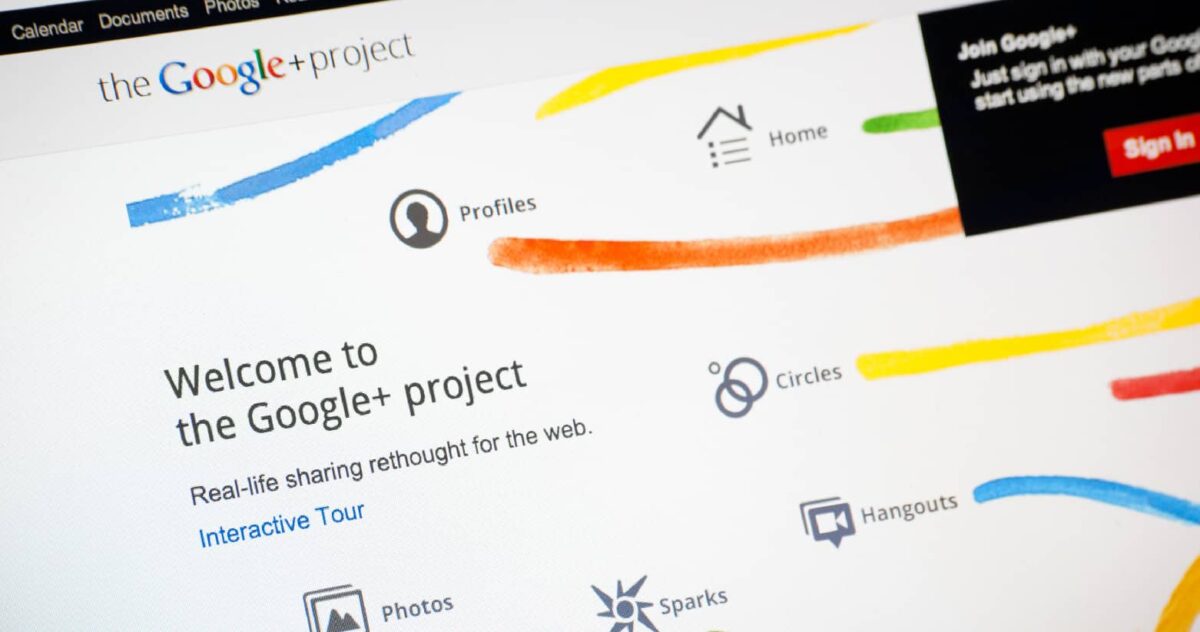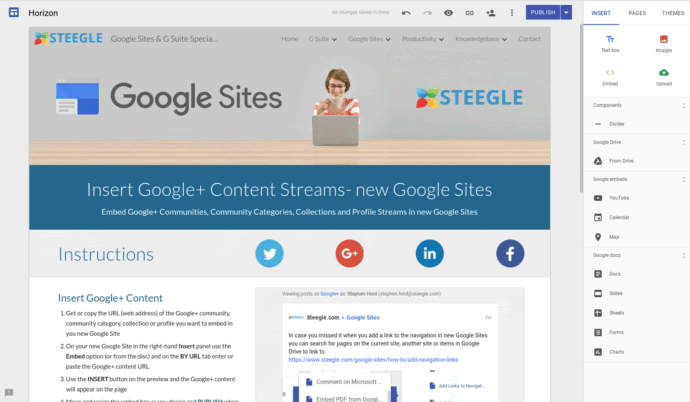In the ever-evolving landscape of social media, the rise and fall of platforms can offer valuable lessons. As we witness in real time the decline of once-prominent networks like X (formerly known as Twitter), Threads is emerging as a new contender.
Rising from the ashes of a digital era when adaptability and innovation are key, Threads stands at a pivotal juncture. It’s a moment ripe with the opportunity to learn from the past and forge a path to success. This brings us to a crucial case study: Google+. Launched with much fanfare, Google+ aimed to rival giants like Facebook and Instagram but ultimately met an untimely end.
Let’s dive deep into the social platform’s past and explore five things responsible for its failure. This article will also unearth the crucial insights that Threads can benefit from.
Like Threads, Google+ Launched With Lofty Goals

I remember when Facebook first introduced the Like button. It felt like a seismic shift in social media as we knew it. I was just starting college in the early 2010s, a wide-eyed freshman dreaming of becoming a mechanical engineer (which never happened). A few years later, Google+ burst onto the scene touting its Circles for sharing with select groups and deep integration across Google products like YouTube and Gmail.
As a college student, I appreciated having my accounts connected, but even then it seemed Google+ was trying to be a jack-of-all-trades. For messaging, Facebook Messenger was already dominant. And for photo sharing, Instagram was all the rage among my peers.
Google+ launched with great fanfare and high hopes of unseating Facebook as the king of social media. Despite Google’s dominance in search, its much-hyped entry into social networking turned into a spectacular failure. Within seven years, Google+ was shut down with an estimated 2.5 million active users at closure.
So what went wrong for a product backed by the massive resources and tech expertise of Google? How can messaging apps hoping to crack social media, like Threads, avoid making the same mistakes?
1. Lack of Purpose: Threads Shouldn’t Try To Be All Things to All People

Unlike Facebook’s targeted college network and Twitter’s microblogging, Google+ lacked a clear niche or purpose. According to TechCrunch’s analysis, Google+ failed by attempting to mimic and combine features from both Facebook and Twitter instead of focusing on a single core strength.
Google+ launched with a wide array of features, from Circles for sharing with select groups to Sparks for discovering content to Hangouts for group video chat, and more. However, this scattershot approach without a specific audience or use case in mind ultimately hurt Google+ rather than helped it.
Without addressing a unique need in the social media landscape, Google+ found it difficult to pull users away from the well-established platforms of Facebook and Twitter.
Josh Constine, Tech Crunch (2012)
At its peak, Google+ boasted around 2.2 billion registered users, but only about 9% had any publicly posted content, according to analysis by Kevin Anderson at the beginning of 2015. Of those users, only a small percentage were currently posting at the time data was collected, translating to just 4-6 million Google+ users actively engaging.
Frankly, Google+ lacked a clear niche or purpose in a crowded social media landscape. It attempted to be everything—a social network, a photo sharing site, Hangouts video chat and more—but didn’t gain traction against dedicated platforms. During this time, Facebook was the undisputed king of social networking, while Instagram reigned for photo sharing, especially among teens. For messaging and video chat, most preferred superior dedicated apps like WhatsApp and iMessage over the Google+ offerings.
2. Messy Design: An Unintuitive User Experience

Google+ sported a dizzying array of features. But its greatest weakness was the confusing user interface, especially the core social feed known as Google+ Streams.
The stream is where users post status updates, photos, links, and other content to share with their connections on Google+. However, the stream quickly became chaotic, blending content from friends, brands and strangers. This cluttered feed was difficult for users to parse or personalize. Even top Google+ users like Peter McDermott, with hundreds of thousands of followers, saw extremely low interaction rates on their posts—as little as 0.2% or less. “It was like trying to board a train at 40 miles per hour,” futurist Steve Faktor notes. Even loyalists created video tutorials on Youtube explaining how to actually use the platform.

Without an intuitive, easy-to-grasp interface, Google+ failed to achieve mass adoption. Its messy design prevented mainstream users from embracing the network long-term. The result was a “network without purpose” as described by Faktor.
3. Ghost Town Syndrome: Threads Can Learn from Google’s Failure to Build Community

The hallmark of successful social platforms is cultivating vibrant user communities. However, Google+ struggled on this front as well.
Fast Company’s Mike Elgan noted that while the platform was highly engaging for heavy daily users, more casual users found it a “ghost town” with lackluster content. The stream reflected the interests of a relatively small niche of technology enthusiasts and photographers rather than the mainstream.
He further states, “For fans, Google+ seemed to answer all the complaints everybody had about other social networks. Facebook spammed users with misleading and annoying advertising. Google+ didn’t even have advertising.” However, the broader public sought connections with people they knew, not strangers unified by common interests.
Without widespread communal engagement, Google+ failed to achieve the viral growth powering leading social platforms. The result was an unsustainably small core user base, which Faktor likens to a “dive bar.”
4. Privacy Pitfalls: Mishandling User Data

In 2018, a security flaw exposed the private profile data of up to 500,000 Google+ users to external developers. Google chose not to disclose this vulnerability when it was first discovered, which understandably damaged user trust.
The vulnerability included personal information like names, email addresses, occupation, gender and age. While Google claimed no evidence of misuse, the privacy mishap highlighted lax protections.
This loss of user faith, on top of low engagement, and violation of user trust, contributed to Google’s decision to ultimately shut down Google+ in 2019.
The Road Ahead for Threads

Drawing insights from Google’s ill-fated foray into social media, what strategies should emerging platforms like Threads adopt?
- Find a niche: Rather than chasing a broad audience like Google+, Threads should target specific use cases that play to its strengths as a messaging app. Focusing on a core product experience could help drive organic growth.
- Differentiate on features: Threads should offer innovative features suited to the platform’s strengths instead of merely mimicking leading social networks. Creative new functionality could attract loyal users.
- Prioritize user experience: Don’t be lazy with the UI! An intuitive, seamless interface is key to driving engagement. Threads should listen to user feedback and refine its design accordingly, avoiding the mistakes in Google+’s messy “everything but the kitchen sink” UI.
- Foster community: Features that encourage user interactions and connections can cultivate an engaged user base, unlike the ghost town atmosphere of Google+.
- Respect privacy: Transparent data practices and robust privacy protections are essential to maintaining user trust. Just be honest with your users when things go awry (and they will go awry in some way) and own up to your mistakes.
By learning from Google’s missteps and staying laser-focused on user needs, Threads can hope to flourish where its predecessor stumbled. But this requires continuous innovation tailored to serving its core users, not growth at any cost. The Google+ story serves as a cautionary tale of what happens when a platform neglects its community.
While I thank Google+ for the memories and connections it facilitated, its demise makes clear that more specialized social apps tailored to specific user needs are here to stay. Rather than being one-stop shops, nimble platforms purpose-built and tailored for different forms of community engagement—such as Instagram for photo sharing and TikTok for video shorts—have thrived.
Ultimately, the tale of Google+ is a reminder that responding to user needs makes all the difference between meteoric success and the dusty pages of internet history.



